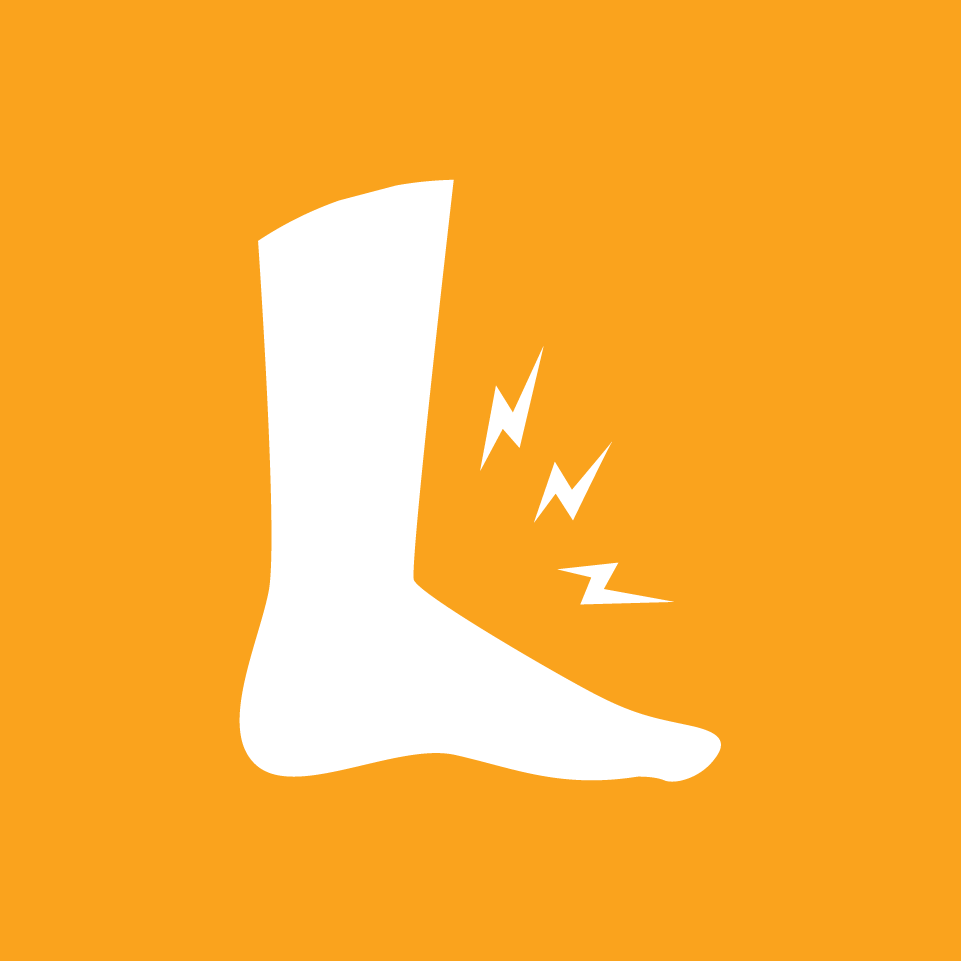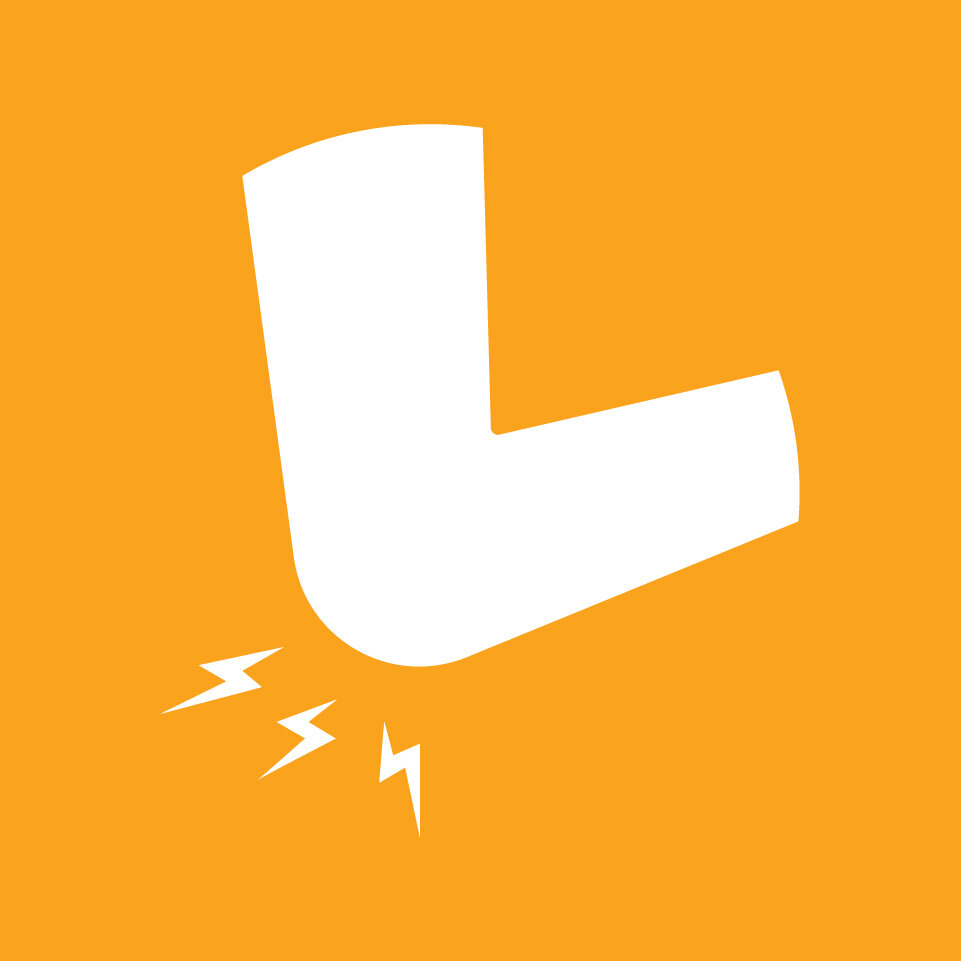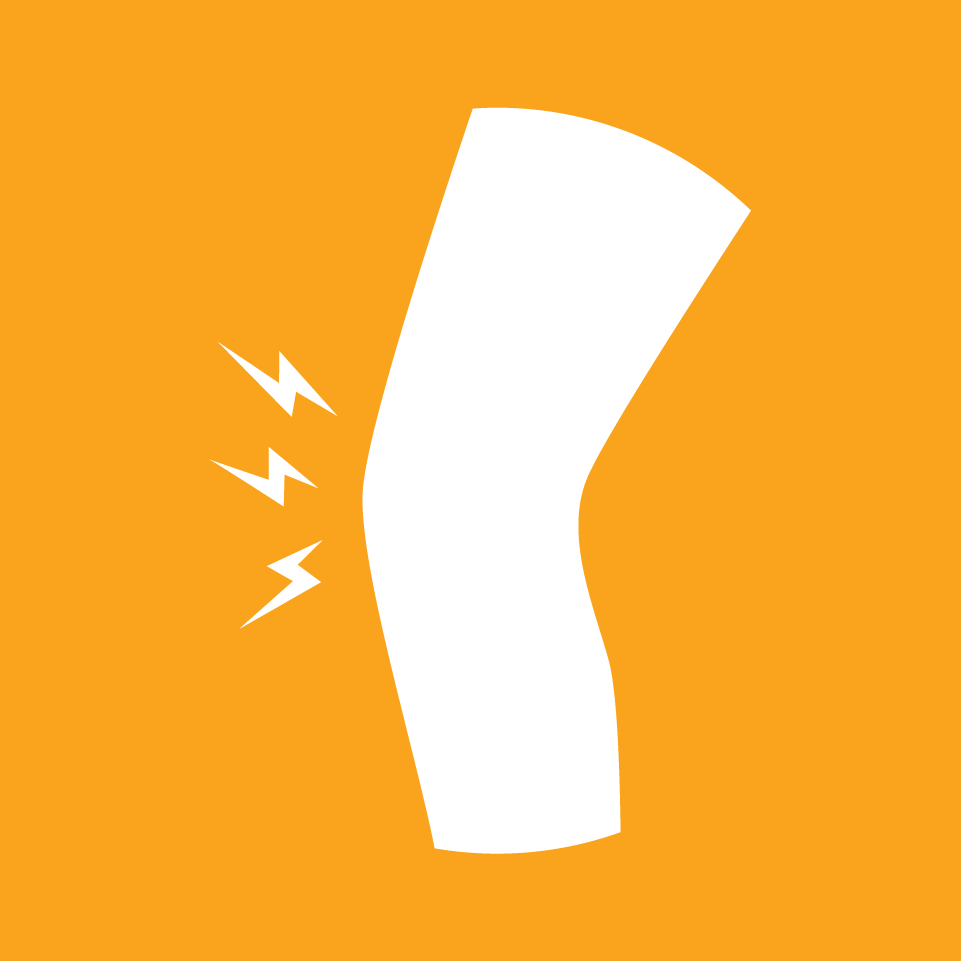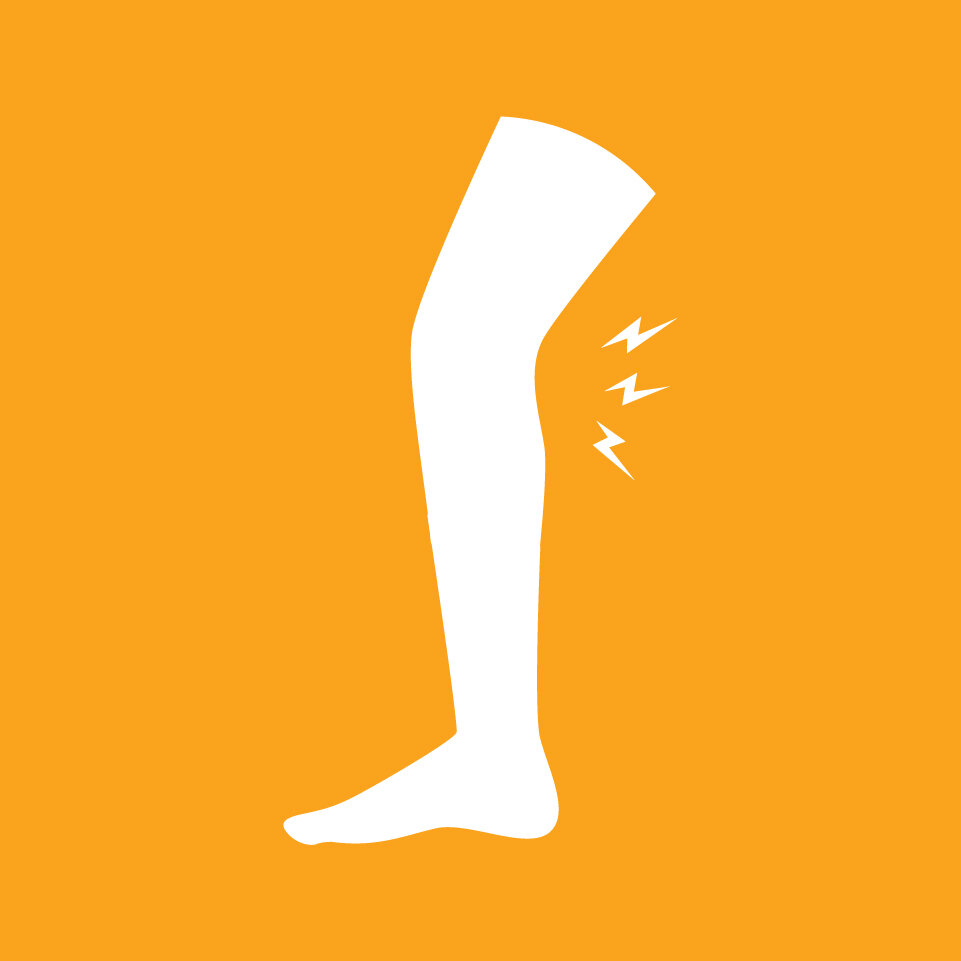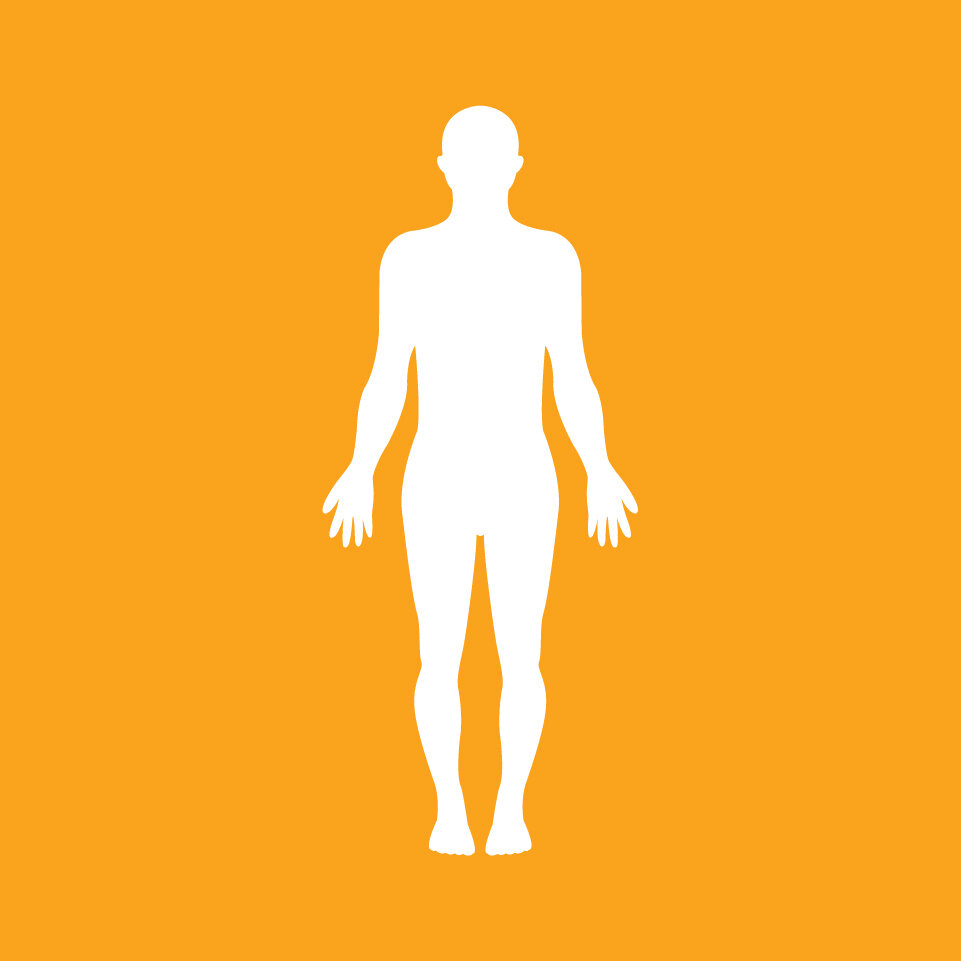Why does my neck hurt?
Why does my neck hurt?
It's common to experience neck pain or the occasional stiff neck. We rely on the bones, muscles, and ligaments in our necks to support and allow motion in our heads. Pain in the neck area may be a result of an inflammation, dysfunction, spine changes, or injury caused by any number of activities or sudden movement. Physical therapy is a great method of treating both acute and chronic neck pain.
Possible reasons for neck pain:
Spondylosis
The American Academy of Orthopaedic Surgeons (AAOS) estimates that 65% of people over the age of 65 live with cervical spondylosis. The condition often causes pain and stiffness in the neck. In most cases, cervical spondylosis responds well to conservative treatment, particularly physical therapy. The spine is made up of 24 bones, vertebrae, stacked on top of one another. In between the vertebrae are flexible intervertebral discs, which work as shock absorbers, and facet joints, which work as stabilizers. The vertebrae bones connect to create a canal that protects the spinal cord. The seven small vertebrae that begin at the base of the skull and form the neck comprise the cervical spine. Cervical spondylosis occurs in the cervical spine. As the discs in the spine age, they lose water content and begin to dry out and weaken, causing collapsing of the disc spaces and wearing away of the cartilage that covers and protects the facet joints. Age is the most common risk factor for cervical spondylosis.
A physical therapist will work with the guest to help moderate the impact of cervical spondylosis and alleviate pain or stiffness through a customized exercise program.
Cervical spondylosis cannot be prevented, but symptoms can be controlled. Other physical therapy treatments may include posture therapy, traction to gently stretch the joints and muscles of the neck, ice, heat, massage, or a temporary soft neck brace. If conservative treatments fail to relieve pain and stiffness, discuss options with the DOC healthcare team. Guests who have progressive neurologic symptoms, such as arm weakness, numbness, falling, or persistent severe pain, maybe helped by steroid injections or surgery.
Cervical Disc Degeneration
The most common and obvious symptoms of cervical degenerative disc disease are neck pain and a stiff neck. When one of these conditions presses on one or more of the many nerves running through the spinal cord, you also can develop pain, numbness, or weakness radiating down your shoulder, arm, and hand.
Physical therapy is a treatment option for cervical disc disease. The therapist can use cervical traction, or gently manipulate your muscles and joints to reduce your pain and stiffness. The physical therapist can also help you increase your range of motion and show you exercises and correct postures to help improve your neck pain. Your neck pain should improve with these conservative treatments.
Cervical Disc Herniation
As a disc degenerates, the soft inner gel in the disc can leak back into the spinal canal. This is known as disc herniation, or herniated disc. Pain from a cervical herniated disc can typically be managed with nonsurgical treatments. Initial treatments may include a short period of rest, pain medications, and physical therapy to improve the neck’s strength, flexibility, and posture.
Strengthening and stretching the neck may help it to become more resistant to pain. Some exercises, such as chin tucks, may also help the head and neck to maintain better posture. Weakened neck muscles are more likely to lead to forward head posture and neck pain. When the head is instead held in neutral alignment with the ears directly above the shoulders, less stress is placed on the cervical spine and its discs.
A physical therapist or other health professional can design a physical therapy program to meet the patient’s specific needs. For example, some exercises or stretches may need to be modified to reduce pain or target certain muscles. In time, most patients are able to continue neck exercises and stretches at home to maintain neck strength and flexibility over the long term.
Spinal Stenosis
Physical therapy for spinal stenosis involves treatment with physical or mechanical means, such as through exercise or heat. Physical therapy may reduce pain in the soft tissues (such as the muscles, ligaments, and tendons), improve function, and build muscle strength. A physical therapist provides these treatments and will also provide education, instruction, and support for recovery.
Physical therapy techniques may include:
Stretching, to reduce stress on joints
Education, to help you improve and maintain your posture
Exercise, to strengthen muscles
Manual therapy, including massage, to improve or keep range of motion
Heat therapy, to improve blood circulation to the muscles and other soft tissues
Ice therapy, to help relieve pain
Cycling and limited walking, to promote good physical conditioning
Aquatic exercises, to allow your body to exercise without pressure on the spine
Exercises and techniques that may help relieve symptoms of spinal stenosis and prevent progression of the condition include:
Lower limb strengthening, which may help prevent falls.
Stretching.
Pelvic tilts and lower back stabilizing.
Frequent changes of position, to avoid sustained postures that compress the spine.
Planning ahead so that you take breaks in between potentially back-stressing activities such as walking and yard work.
Proper lifting, pushing, and pulling.
Your doctor or a physical therapist will design a program specific to your normal level of activity, physical fitness, and severity of pain.
Meningitis
Meningitis is known as inflammation of the meninges, which are membranes that surround the spinal cord and brain. Inflammation of the meninges can either be a result of a bacterial or viral infection.
Physical Therapy is often needed for the secondary complications to Meningitis such as: muscle weakness, poor balance and coordination.
Treatment can include:
Strengthening exercises to help improve muscle function. This can be in the form of simple exercises such as sit to stand or walking.
Stretching exercises as you may experience a stiff neck.
Balance exercises such as standing with your eyes closed, standing on a wobble board or standing on one leg. This is important as you need balance for tasks such as walking, running and cycling.
Coordination exercises such as throwing a ball

